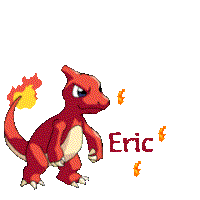


Making Visualizations look good to humans
7/11/2024
Intro
In this post, I want to catalogue all of the different ways I have boiled down a lot of the DSP (Digital Signal Processing) strategies to getting info from a FFT (Fast Fourier Transform) or a waveform, and making it look like a visualization that human would look at and go "yea that looks like it is correlated with the music". A lot of the tutorials for visualizing data I read online did a good job visualizing the raw data into a graph, but what if I wanted to turn that data into instructions for how a shape should scale to the beat? What if I wanted to make someone nod their head to the beat of a drum? What if I am not analyzing a drum and bass song, but rather a midwest emo banger? Well this required quite a bit more nerd math, experimentation, and tuning of values specific to the song you're working with.
Basics
FFT data based, waveform data cringe
What if I don't want to loop over 22000 frequencies per frame
Write about using frequency buckets here. finding averages, rms vs average
How I chose to abstract different parts of the visualizations
- Forests Analyzer
- Energy Analyzer
- ForestsCanvas
- React component
Writing good debug tools
write about how adding debug text can set you up for success with the proper ranges
Now you're ready to animate!
write about map range and how it is so necessary for visualizations
function mapRange(
value: number,
inMin: number,
inMax: number,
outMin: number,
outMax: number
): number {
return ((value - inMin) * (outMax - outMin)) / (inMax - inMin) + outMin;
}
write about mapping values here

Peak detection
write about peak detection, z scores, moving averages
Be critical about what actually looks good
Bonus: my workflow from Photoshop to Canvas and how it kinda sucks but also kinda rules

References
Blog Archive
▶2024 (13)
▶2020 (1)
▶July (1)
